




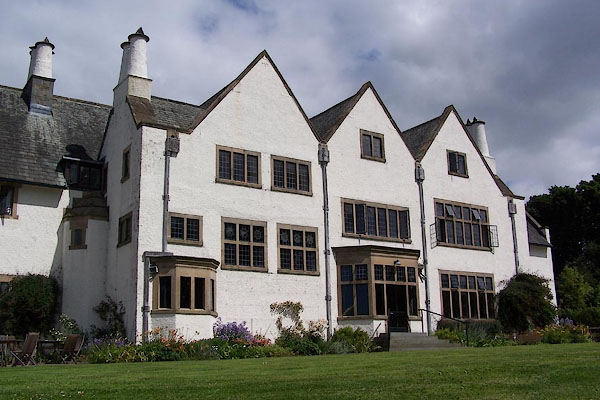
BJQ28.jpg (taken 16.7.2005)
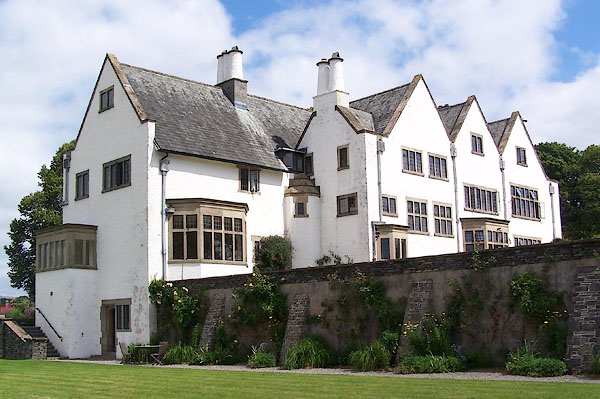
BJQ29.jpg (taken 16.7.2005)
placename:- Black Well
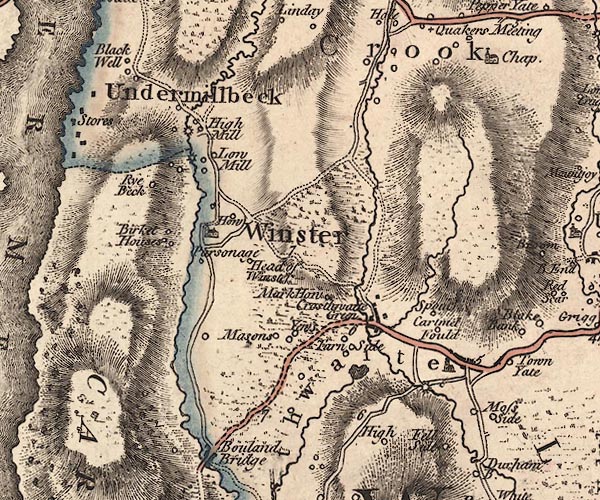
J5SD49SW.jpg
"Black Well"
circle, labelled in italic lowercase text; settlement, farm, house, or hamlet?
item:- National Library of Scotland : EME.s.47
Image © National Library of Scotland
placename:- Black Well
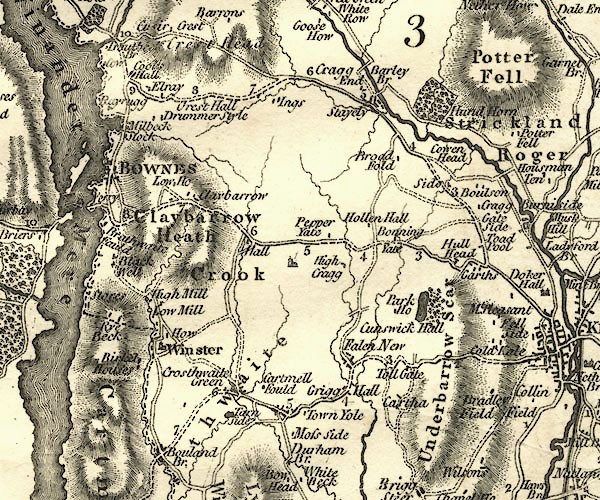
CY24SD49.jpg
"Black Well"
block/s, labelled in italic lowercase; house, or hamlet
item:- JandMN : 129
Image © see bottom of page
placename:- Black Well
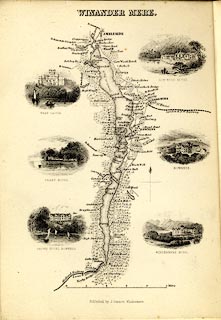 click to enlarge
click to enlargePI03M1.jpg
"Black Well"
block/s; building/s
item:- private collection : 133.1
Image © see bottom of page
 stained glass
stained glassplacename:- Blackwell School
courtesy of English Heritage
"BLACKWELL SCHOOL / / / WINDERMERE TOWN / SOUTH LAKELAND / CUMBRIA / I / 351657 / SD4006194558"
courtesy of English Heritage
"House, more recently used as a school and subsequently as offices, and empty at the time of inspection ( May 1998 )."
"1899 with minor late C20 alterations. By Mackey Hugh Bailley Scott, architect, for Sir Edward Holt. Painted roughcast walling, with ashlar sandstone dressings and a Westmorland slate roof covering, laid to diminishing courses. Coped gables and tapering linked chimneys. Vernacular Revival style."
"PLAN. Elongated L-plan house, with principal range aligned east-west, with a service wing attached at the west end, extending southwards."
"MAIN RANGE, FRONT ELEVATION (south): Irregular, gabled front of 2 storeys with attics breaking forward in steps from right to left. Principal entrance to centre gable, approached by a shallow flight of steps, and with wide 4-centred arched head and moulded surround to double doorway. Vertically ribbed doors with carved decoration to mid-rails, and elaborately decorated E-shaped straps. Secondary entrance with integral side light to left- hand gable. Gables incorporate flush- mullioned windows of 2, 3 and 4 lights, mostly with plain leaded glazing, but with some windows to principal rooms with stained glass in Art Nouveau style. Set between the gables are decorative rainwater heads, that to the right inscribed `AD. 1900', that to the left `E(.dward) H(olt)' SERVICE RANGE with multi-light flush mullioned windows to east and south elevations."
"REAR ELEVATION (north): Triple gables to west end, that to the centre with a canted mullioned and transomed bay window, and a smaller canted bay fire window to the eastern gable. Narrow return gable to left adjoins set -back part of main range with a second wide canted mullioned and transomed bay window close to north-east corner. East end gable with smaller ground floor bay window set on projecting base which extends upwards from basement level. Below, to the right, basement doorway with integral 2-light window."
"INTERIOR: Ground floor principal rooms face south, with access corridor leading from entrance hallway with patterned stone floor and stained glass windows."
"PRINCIPAL RECEPTION ROOM to centre with massive inglenook to south-west corner, lit by small canted bay fire window, with fixed wooden bench seating. Set-back hearth with massive joggled and keyed stone lintel supported upon squat jambs with carved capitals. Hearth bressumer, carried on pairs of posts with steeply -angled brackets, forms the cill beam of a close-studded gallery, with 2-light windows to the centre, and curved bracing below. Set back staircase to the right with panelled flanking walls, newel posts and carved finials, gives access to 3- bay open fronted gallery with elaborately-carved foliated spandrels to arched heads. Dog-leg stair to left of gallery landing gives access to inglenook gallery. To the right, entrance to first floor corridor, expressed as a long gallery from within the central, full height part of the room, with herring- bone framing to the wall, which incorporates 2,4-light gallery windows. Below, half glazed screen to ground floor corridor has double sliding doors with diamond leaded glazing to the left, and decorative stained glass windows to the right, and to the upper parts of the doors. East end part of room has square panelled timber ceiling and panelled walls with carved mid-rails, below elaborate frieze, depicting peacocks, painted onto fabric wall covering. North wall has recessed bench seat set between braced posts. EAST END ROOM with massive inglenook to south-east corner, the hearth set within recess formed by depressed ashlar arch. Hearth with deep lintel formed from joggled and keyed voussoirs . Flanking the hearth are fixed benches. Panelled wainscotting with painted fabric wall covering above."
"WEST END ROOM with elaborate ashlar hearth to east side wall, with joggled lintel, set within painted timber surround. Canted overmantel with flanking shelved niches delineated by clusters of slender shafts with openwork foliated capitals. These support a hearth canopy. The hearth is flanked by bench with panelled backs, that to.the right incorporating a stained glass window. Pairs of columns frame the end of the seating. Deep plaster frieze with foliage decoration above painted panelling. Bay window seat to north-west corner with flanking columns."
"FIRST FLOOR with panelled corridor with mid-way access stair to principal attic room. Main bedrooms to south-east and south-west corners, that to the south-west with inglenook fireplace with flanking stained glass windows to chimney wall and advanced flanking benches. Minor rooms with panelled doors. Blackwall is considered to be to be Baillie Scott's finest surviving work in England, and its significance is enhanced by the survival of so many elements of the outstandingly important interior, despite its recent usage as a school and then as offices."
"Kornwolf, James D. M.H. Baillie Scott and the Arts and Crafts Movement' 1972."
"Haig , Diane. Baillie Scott: the Artistic House' 1995."
 sundial
sundial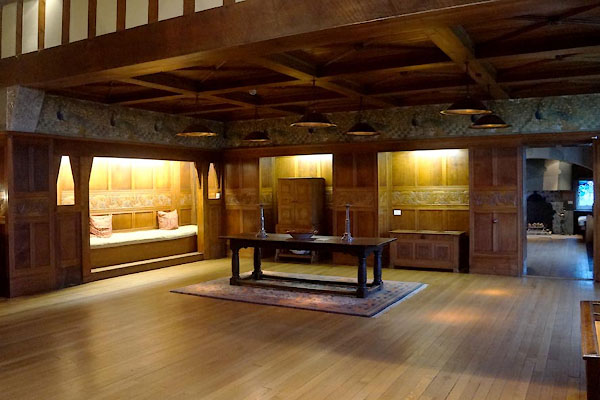
CEK28.jpg (taken 27.11.2015) courtesy of Blackwell.
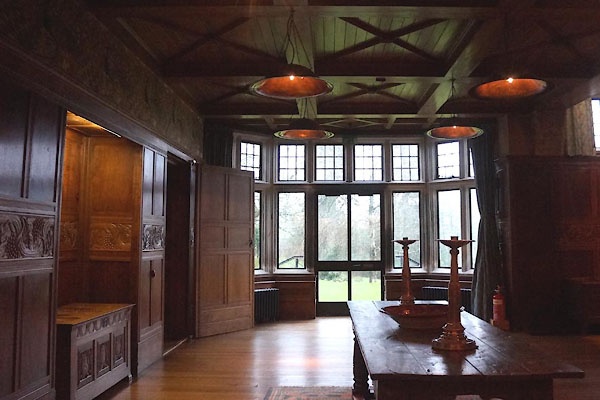
CEK29.jpg (taken 27.11.2015) courtesy of Blackwell.
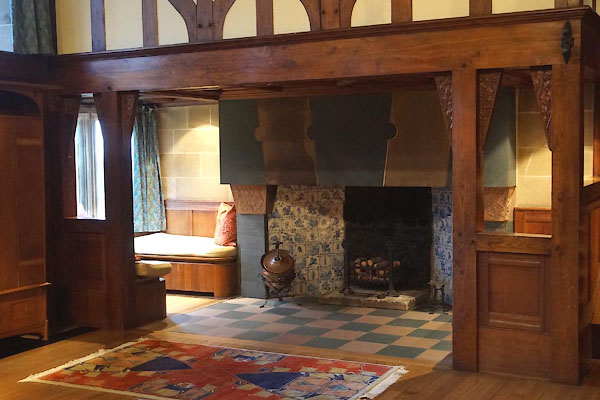
CEK30.jpg (taken 27.11.2015) courtesy of Blackwell.
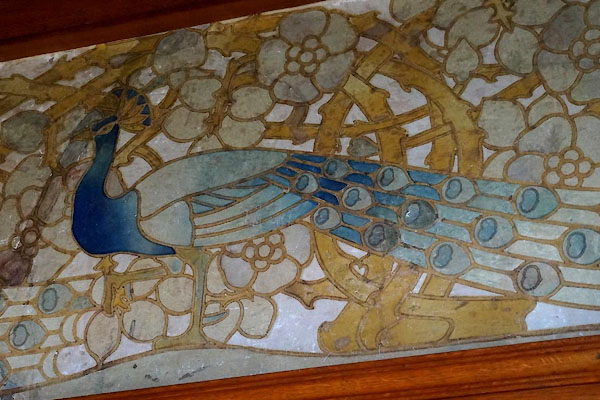
CEK31.jpg (taken 27.11.2015) courtesy of Blackwell.
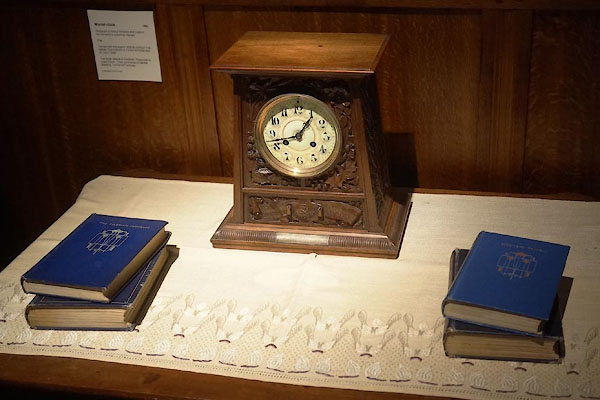
CEK35.jpg (taken 27.11.2015) courtesy of Blackwell.
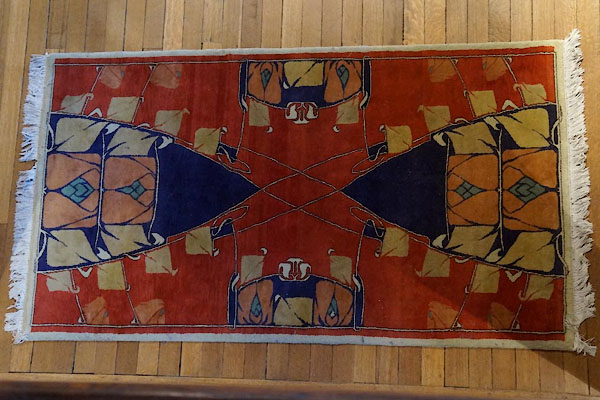
CEK36.jpg (taken 27.11.2015) courtesy of Blackwell.
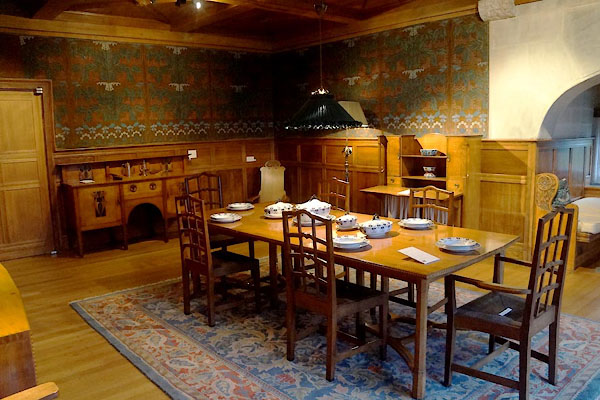
CEK11.jpg (taken 27.11.2015) courtesy of Blackwell.
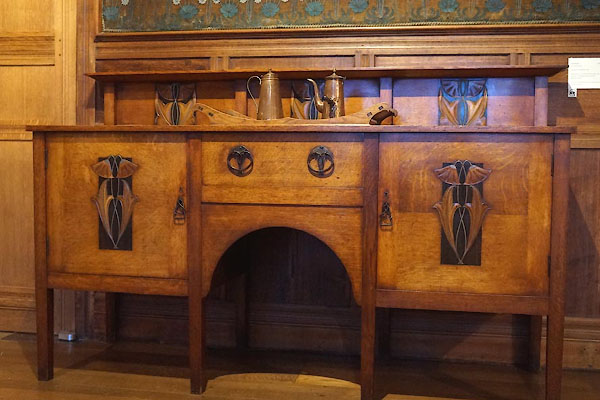
CEK12.jpg (taken 27.11.2015) courtesy of Blackwell.
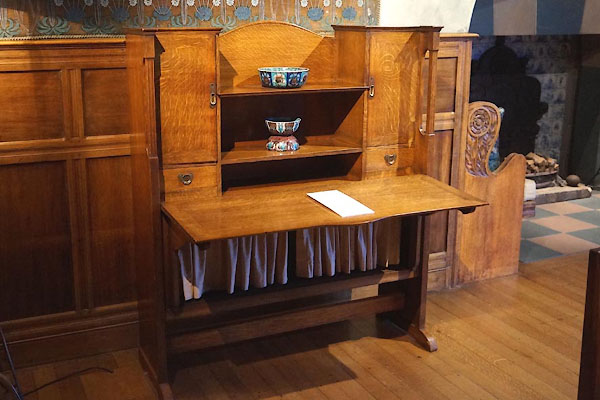
CEK13.jpg (taken 27.11.2015) courtesy of Blackwell.

CEK14.jpg (taken 27.11.2015) courtesy of Blackwell.
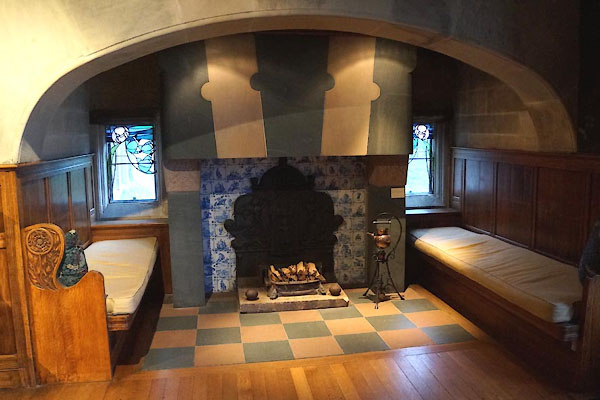
CEK15.jpg (taken 27.11.2015) courtesy of Blackwell.
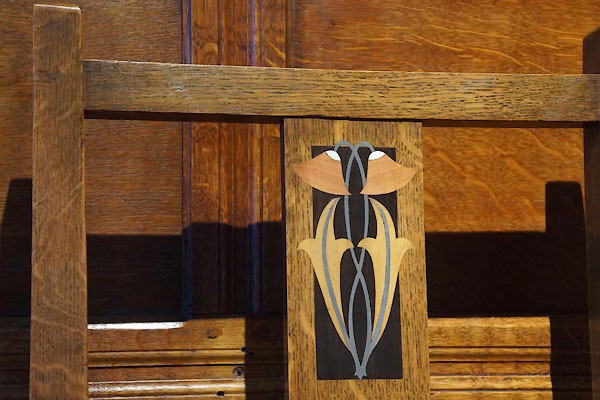
CEK17.jpg (taken 27.11.2015) courtesy of Blackwell.
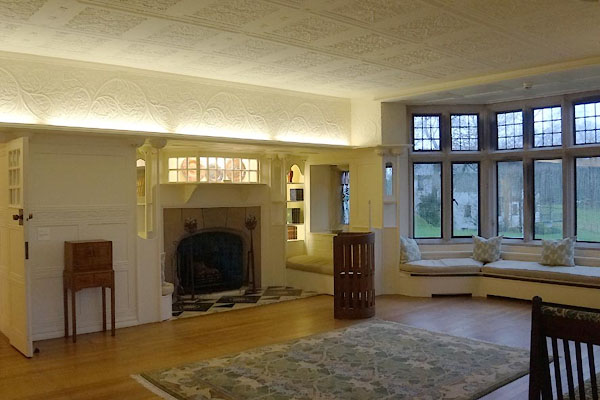
CEK02.jpg (taken 27.11.2015) courtesy of Blackwell.
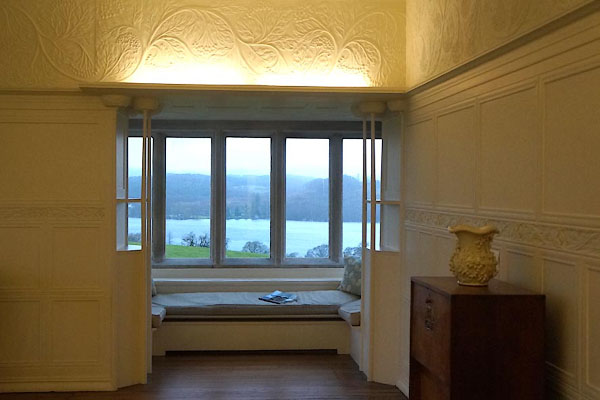
CEK03.jpg (taken 27.11.2015) courtesy of Blackwell.
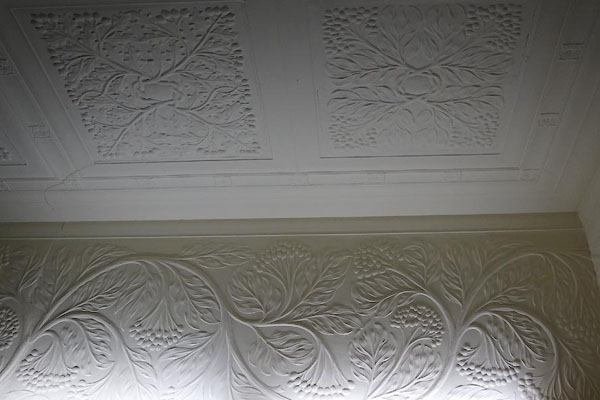
CEK04.jpg (taken 27.11.2015) courtesy of Blackwell.
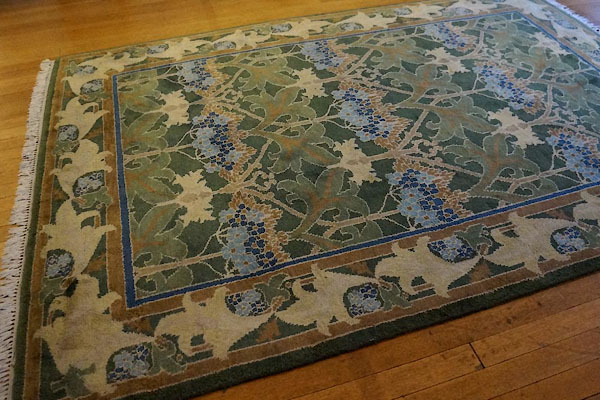
CEK05.jpg (taken 27.11.2015) courtesy of Blackwell.
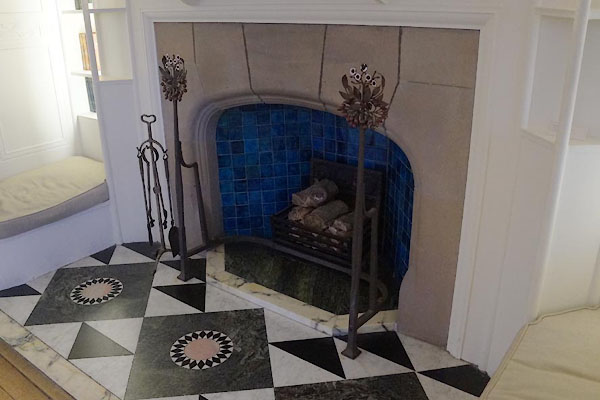
CEK06.jpg (taken 27.11.2015) courtesy of Blackwell.
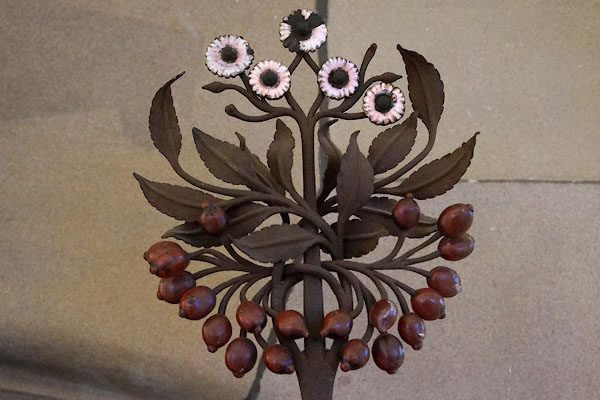
CEK07.jpg (taken 27.11.2015) courtesy of Blackwell.
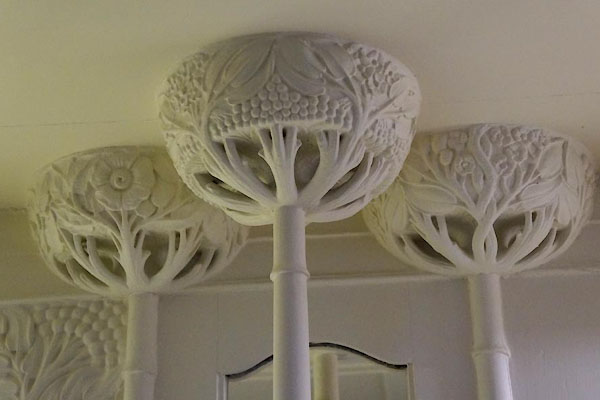
CEK08.jpg (taken 27.11.2015) courtesy of Blackwell.
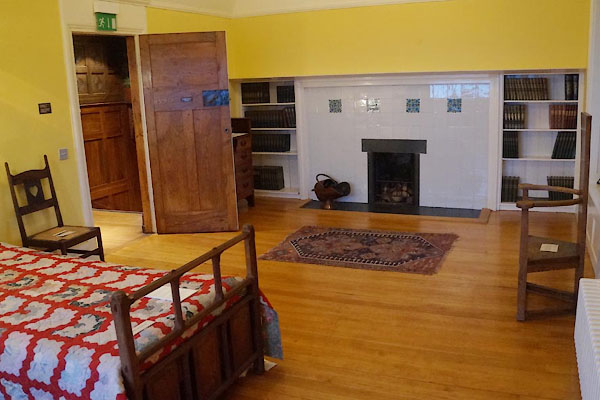
CEK18.jpg (taken 27.11.2015) courtesy of Blackwell.
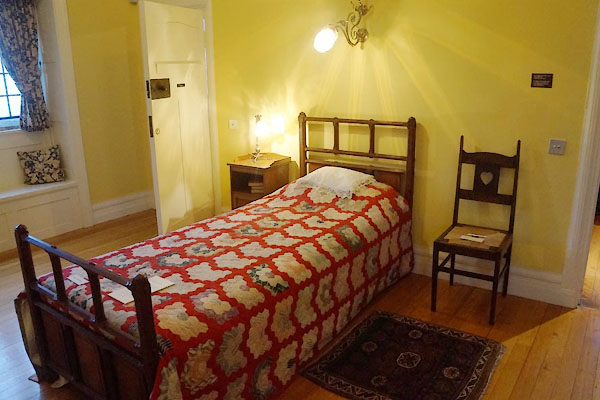
CEK19.jpg (taken 27.11.2015) courtesy of Blackwell.
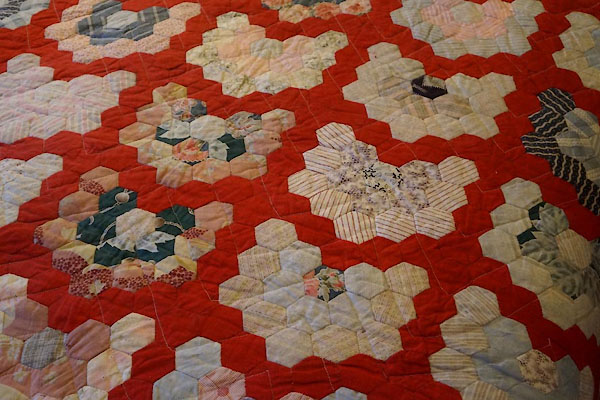
CEK20.jpg (taken 27.11.2015) courtesy of Blackwell.
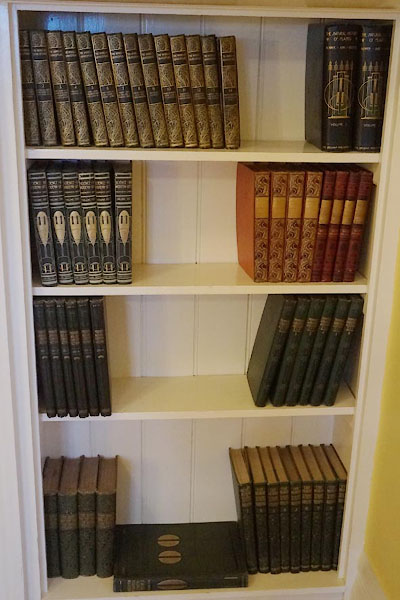
CEK21.jpg (taken 27.11.2015) courtesy of Blackwell.
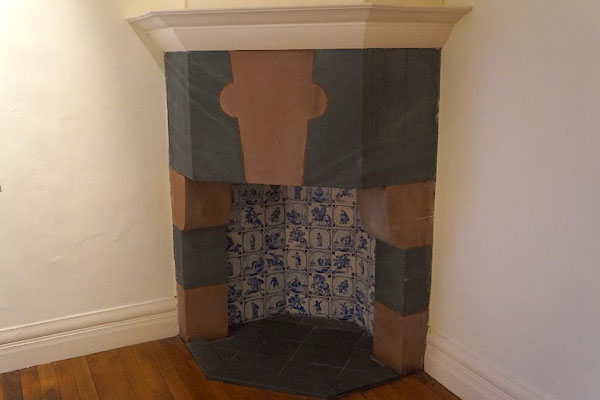
CEK22.jpg (taken 27.11.2015) courtesy of Blackwell.
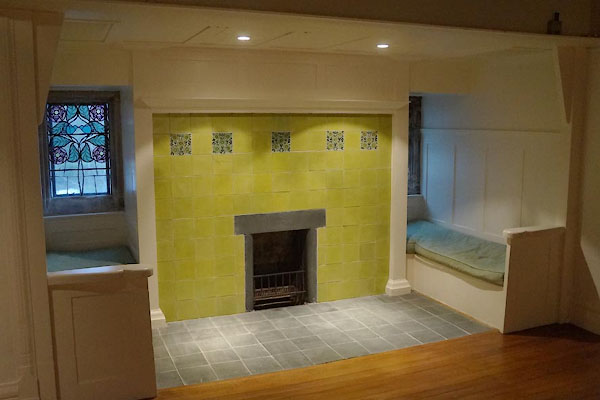
CEK23.jpg (taken 27.11.2015) courtesy of Blackwell.
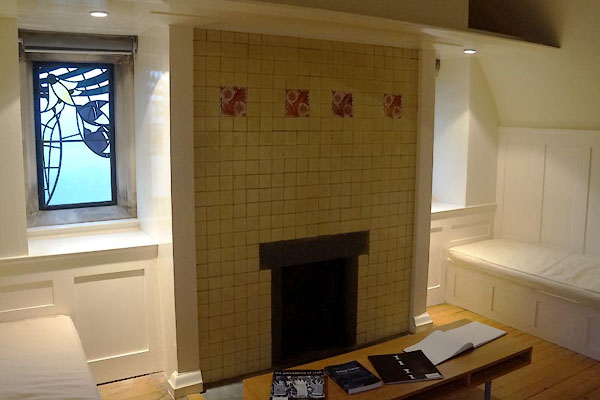
CEK26.jpg (taken 27.11.2015) courtesy of Blackwell.

BJV12.jpg (taken 16.9.2005)
: Baillie Scott, Mackay Hugh
: Holt, Edward, Sir
to 1900

 Lakes Guides menu.
Lakes Guides menu.